Do you know? Over 80% of adults experience lower back pain at some point in their lives, and weak back muscles are often the hidden culprit.
While many people focus on abs and arms at the gym, your lower back is a powerhouse of stability — and ignoring it can lead to poor posture, injury, and even chronic pain.
Whether you’re an athlete or just want to move better in daily life, strengthening your lower back is not just smart — it’s essential.
These 15 gym-based lower back exercises will help you build strength, improve posture, and prevent injury — so you stay strong, mobile, and pain-free for the long haul.

Table of Contents
What Can Happen After 30 Days of Lower Back Exercises
| Positive Outcomes | Explanation |
|---|---|
| Improved Posture | Strengthened spinal muscles help you stand taller and straighter. |
| Reduced Lower Back Stiffness | Regular movement and activation reduce tightness and tension. |
| Stronger Core & Stability | Back training improves overall core control and balance. |
| Enhanced Workout Performance | Lifts like squats, deadlifts, and rows become more efficient. |
| Better Hip & Pelvic Alignment | Strengthening lower back improves hip mobility and alignment. |
| Increased Confidence in Movement | Daily activities like lifting, walking, and bending feel easier. |
| Pain Prevention or Relief | Strengthening weak back muscles reduces the risk of strain. |
| Mental Boost & Discipline | Committing to 30 days builds consistency and exercise habit. |
Also Read: 13 Equipment-Based Calf Exercises to Power Up Your Lower Legs
Do’s and Don’ts of Lower Back Training
| Do’s | Don’ts |
|---|---|
| Warm up before every lower back workout | Don’t lift heavy weights without mastering form |
| Keep your spine in a neutral position during exercises | Don’t round your lower back during deadlifts or RDLs |
| Start with light weights and progress gradually | Don’t rush through reps — focus on slow, controlled movement |
| Engage your core during every movement | Don’t hold your breath — remember to breathe consistently |
| Use mirrors or record videos to monitor your form | Don’t ignore pain — discomfort is okay, sharp pain is not |
| Stretch after workouts to maintain flexibility | Don’t skip cooldown or recovery days |
| Train glutes and core along with lower back | Don’t isolate lower back only — balance is key |
| Consult a trainer if unsure about your form | Don’t compare your progress with others |
| Include both compound and isolation movements | Don’t overtrain your lower back every day |
| Prioritize form over how much weight you’re lifting | Don’t train when your back is already sore or injured |
Why Focus on Lower Back Strength?
Your lower back (lumbar region) supports everything from your upper body weight to your ability to twist, lift, and move. It’s the bridge between your upper and lower body — and if it’s weak, everything else suffers.
Benefits of Lower Back Exercises:
- Improved posture and spinal alignment
- Reduced risk of injury, especially during lifting
- Core balance and stability
- Better athletic performance
- Relief from chronic back pain
Let’s Get to Work: 15 Gym-Based Lower Back Exercises
Each exercise below includes instructions and benefits to help you get the most from your workout.
Also Read: 13 Best Bodyweight-Based Biceps Exercises You Can Do Anywhere
1. Barbell Deadlift
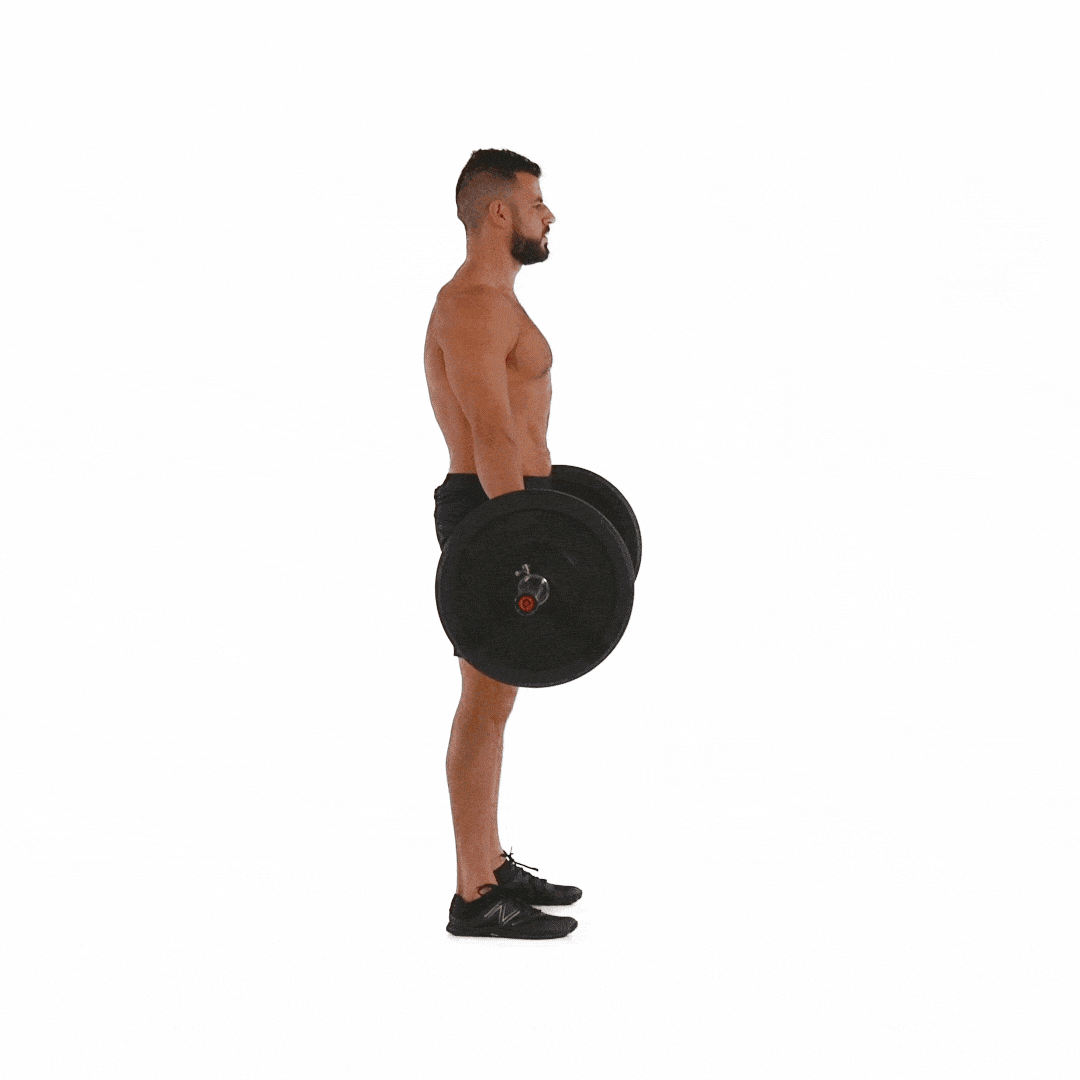
How to Do It:
- Stand with feet shoulder-width apart behind a loaded barbell.
- Bend at your hips and knees to grip the bar just outside your knees.
- Keep your spine neutral and chest lifted.
- Drive through your heels to lift the bar, extending your hips and knees.
- Lower with control.
Benefits: Builds overall posterior chain strength (lower back, glutes, hamstrings), improves posture, and boosts lifting ability.
2. Romanian Deadlift (RDL)
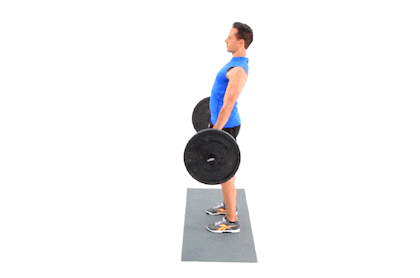
How to Do It:
- Hold a barbell or dumbbell in front of your thighs.
- Slightly bend your knees and hinge at the hips.
- Lower the weights to mid-shin, keeping your back straight.
- Drive through the heels to return.
Benefits: Emphasizes eccentric strength of the hamstrings and lower back, reducing injury risk.
Also Read: Best 12 Equipment-Based Biceps Exercises (How-To Guide)
3. Hyperextensions (Back Extensions)
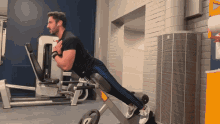
How to Do It:
- Set up on a Roman chair or GHD bench.
- Cross arms over chest or hold a weight plate.
- Lower your upper body until it’s perpendicular to the floor.
- Raise your torso by contracting your lower back.
Benefits: Isolates and strengthens spinal erectors.
Myth Buster: Many avoid this thinking it’s bad for the spine — but when done correctly, it supports spine health!
4. Cable Pull-Throughs
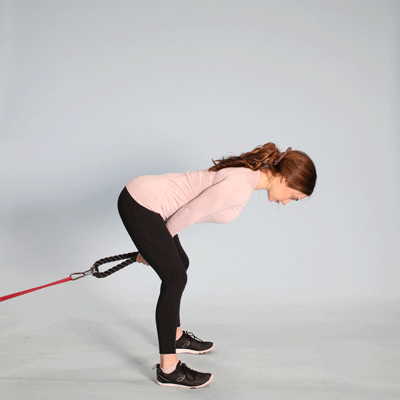
How to Do It:
- Stand facing away from a low cable machine with a rope attachment.
- Grab the rope through your legs and hinge at the hips.
- Pull the rope forward by thrusting your hips forward.
Benefits: Strengthens glutes and lower back with minimal spinal compression.
5. Good Mornings
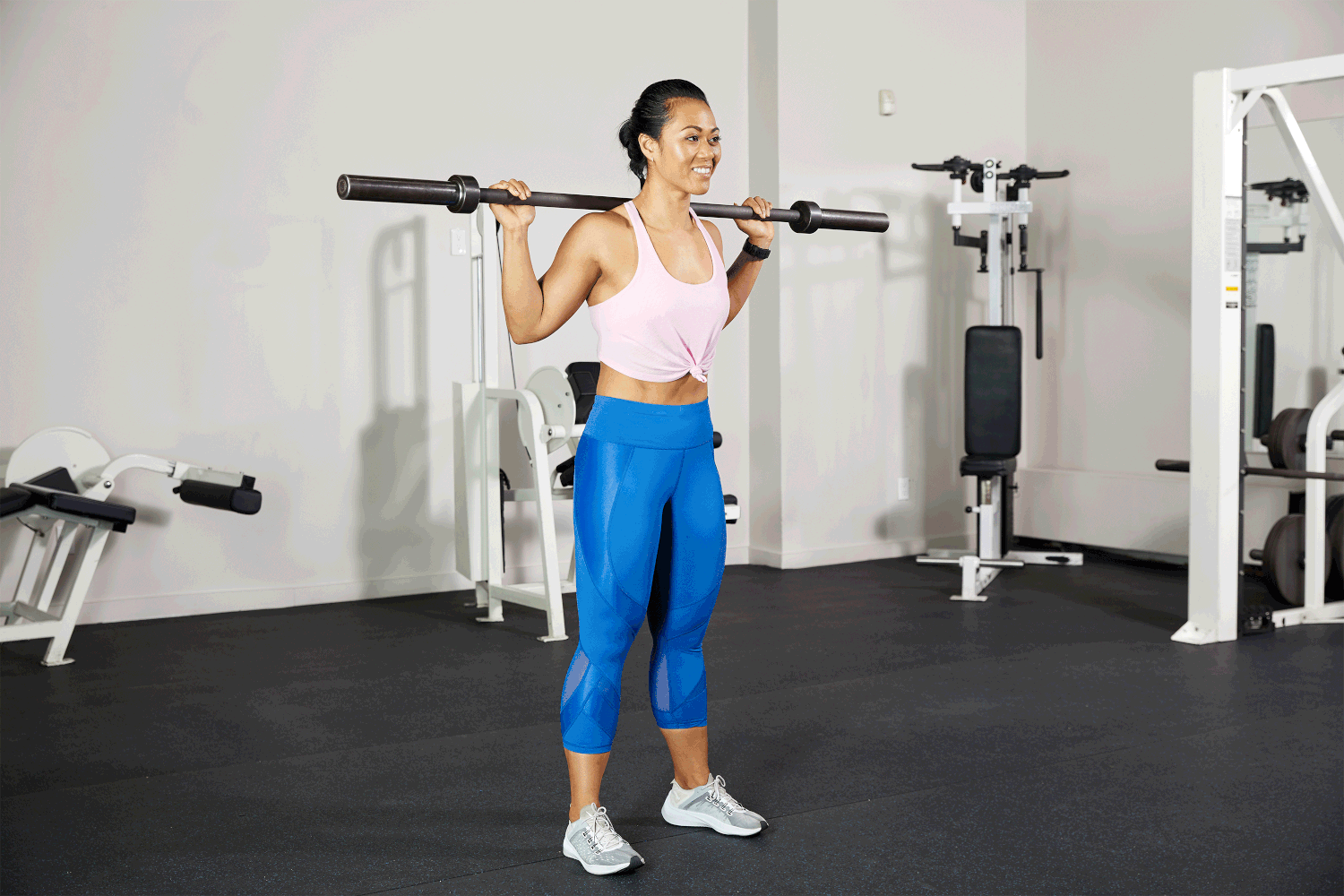
How to Do It:
- Rest a barbell across your shoulders (not neck).
- With a slight bend in the knees, hinge forward at the hips.
- Keep your back flat and torso engaged.
- Return upright using the lower back and hamstrings.
Benefits: Targets lower back, and hamstrings, and improves hinge mechanics.
Also Read: Top 10 Bodyweight Hamstring Exercises to Strengthen & Sculpt Your Legs
6. Seated Back Extensions (Machine)
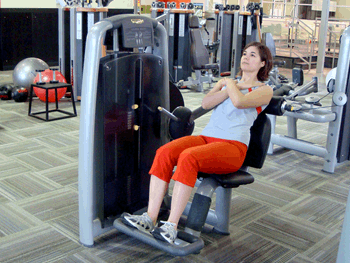
How to Do It:
- Sit in the back extension machine.
- Adjust the pad to align with your shoulder blades.
- Push back with controlled resistance.
Benefits: Safe way to isolate the lower back, especially for beginners.
7. Trap Bar Deadlift
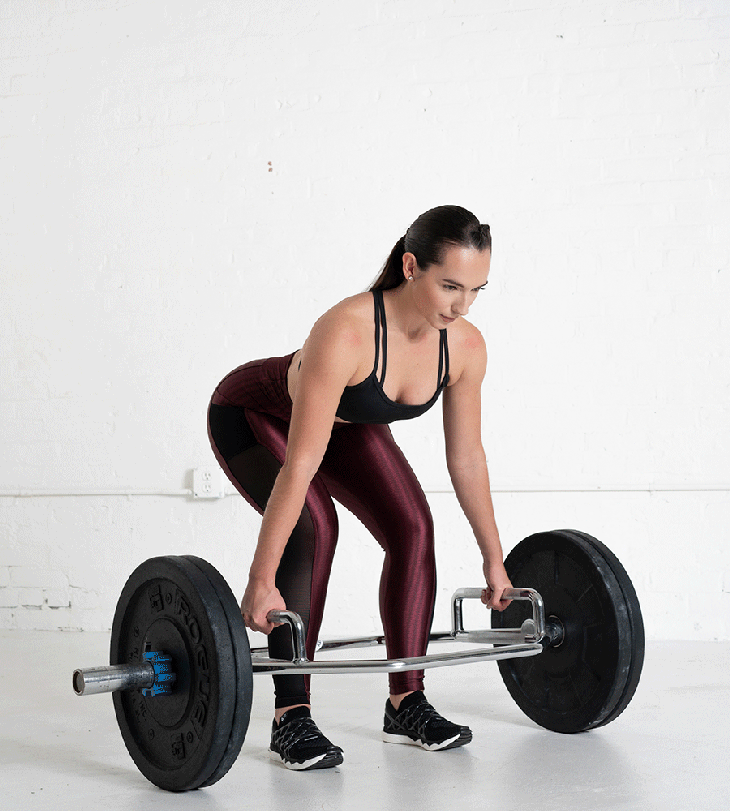
How to Do It:
- Stand inside a hex bar.
- Grip the handles and lift with a straight back.
- Drive through heels, keeping your chest tall.
Benefits: Easier on the spine than traditional deadlifts, great for developing foundational strength.
8. Smith Machine Good Mornings
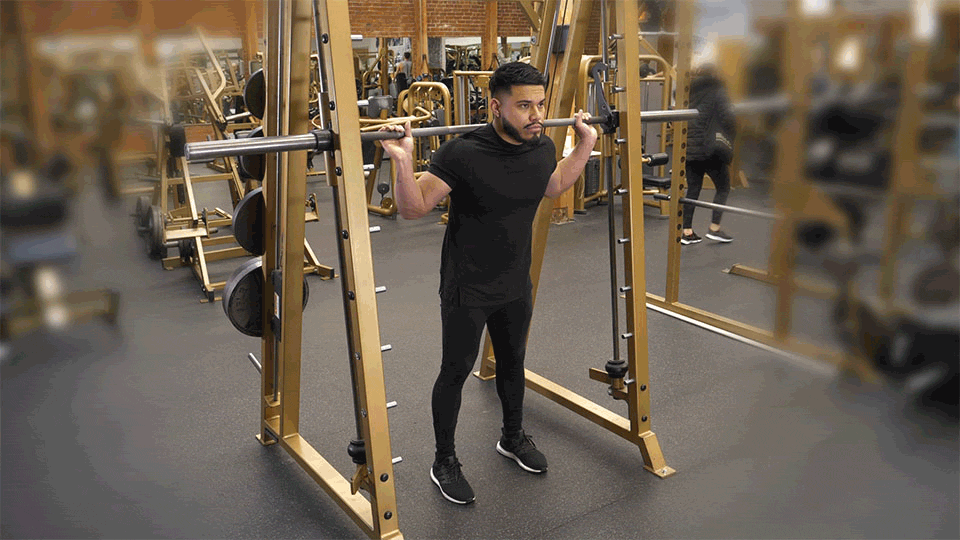
How to Do It:
- Set a Smith bar across your shoulders.
- Step back and perform a hip hinge.
- Lower until your torso is nearly parallel, then return upright.
Benefits: Added stability lets you focus purely on form and lower back engagement.
Also Read: 14 Hamstring Exercises To Do With Equipment
9. Reverse Hyperextensions
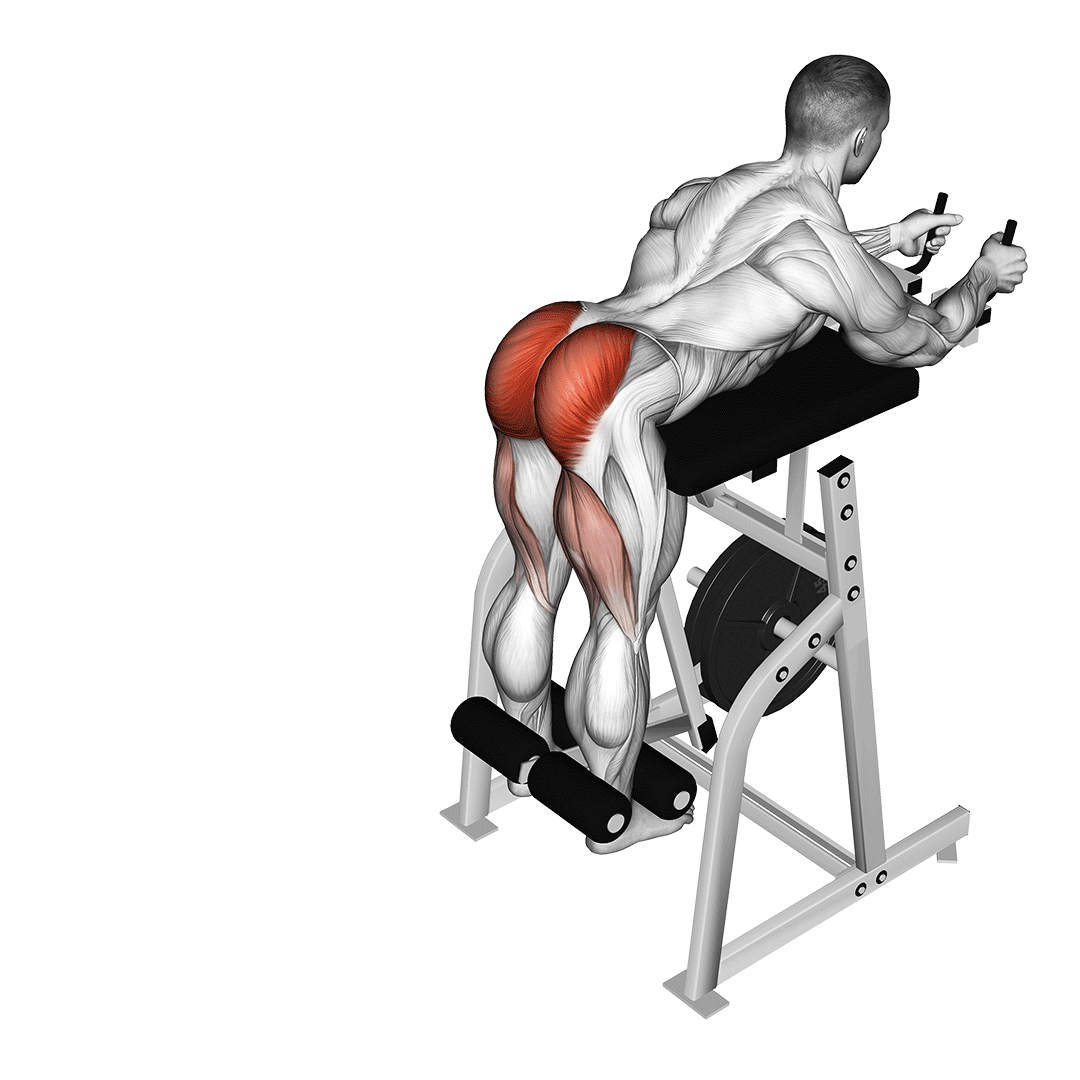
How to Do It:
- Lie face down on a reverse hyper machine.
- Secure yourself and lift your legs behind you.
- Squeeze glutes and lower back at the top.
Benefits: Decompresses the spine while building powerful lower back muscles.
10. Dumbbell Side Bends
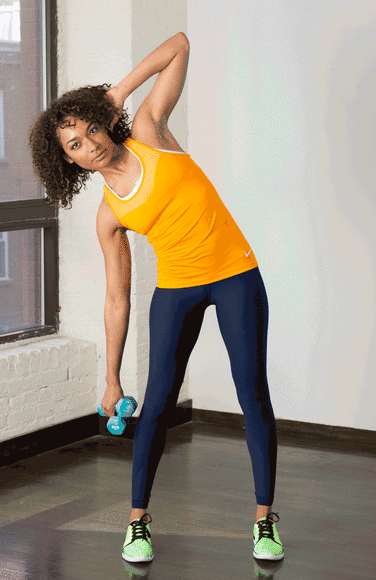
How to Do It:
- Stand holding a dumbbell in one hand.
- Slowly bend sideways, lowering the weight.
- Return using your obliques and lower back.
Benefits: Strengthens lateral stability — important for preventing twisting injuries.
11. Kettlebell Swings
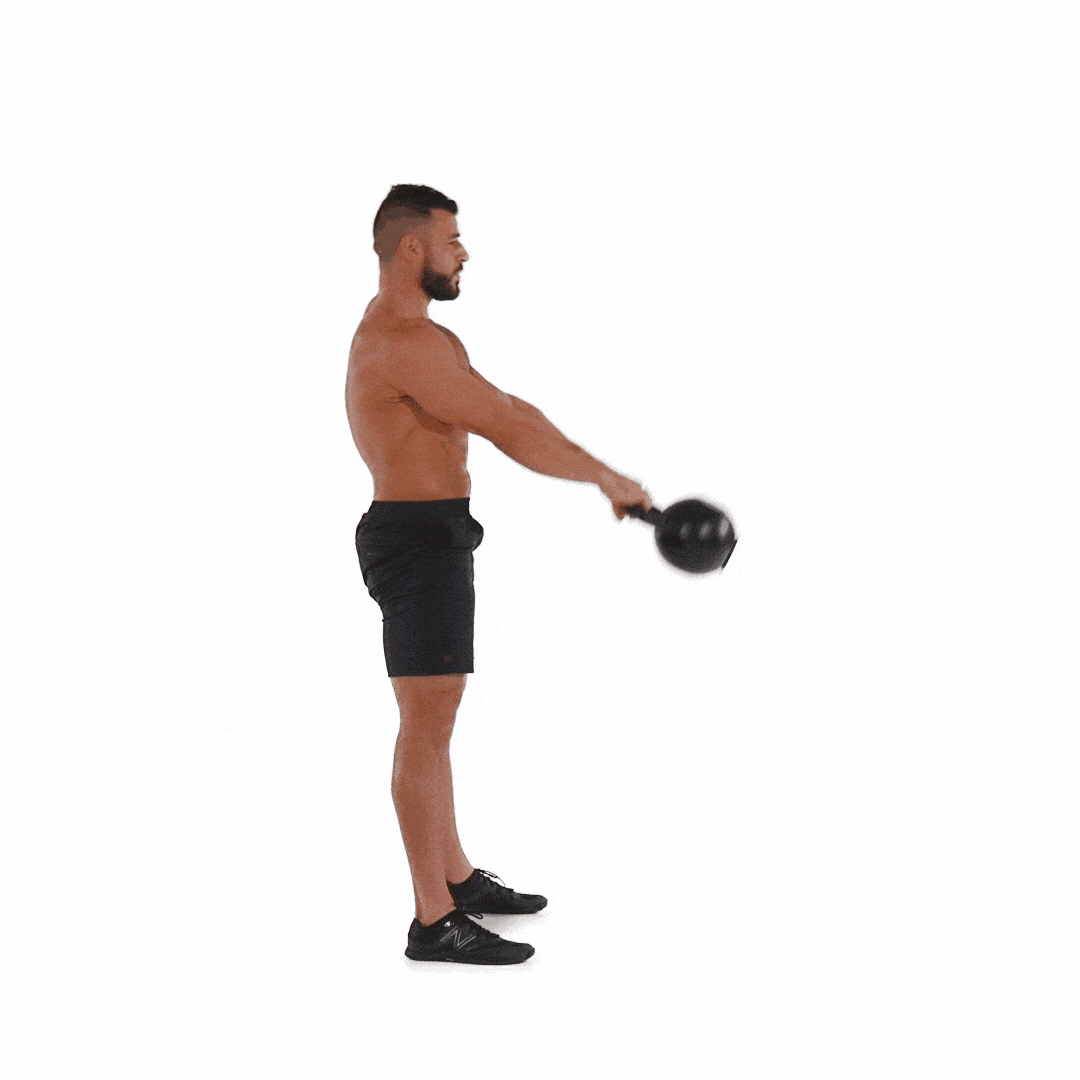
How to Do It:
- Hinge at the hips and swing the kettlebell between your legs.
- Thrust hips forward to propel the bell to chest height.
- Keep your arms relaxed — the power comes from hips.
Benefits: Explosive power builder for glutes and lower back.
Also Read: 15 Insanely Effective Bodyweight Abs Exercises for a Chiseled Core
12. Superman Exercise (Weighted)

How to Do It:
- Lie face down with arms extended.
- Hold light weights in your hands.
- Lift arms, chest, and legs off the ground simultaneously.
- Hold and lower slowly.
Benefits: Engages the entire posterior chain with a focus on the lower back.
13. T-Bar Row
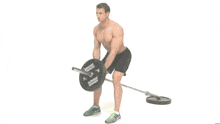
How to Do It:
- Stand over a T-bar row machine.
- Grab handles and pull the weight toward your chest.
- Keep core tight and lower back neutral.
Benefits: Builds a strong back foundation and supports spinal integrity.
14. Standing Cable Row (Low Pulley)
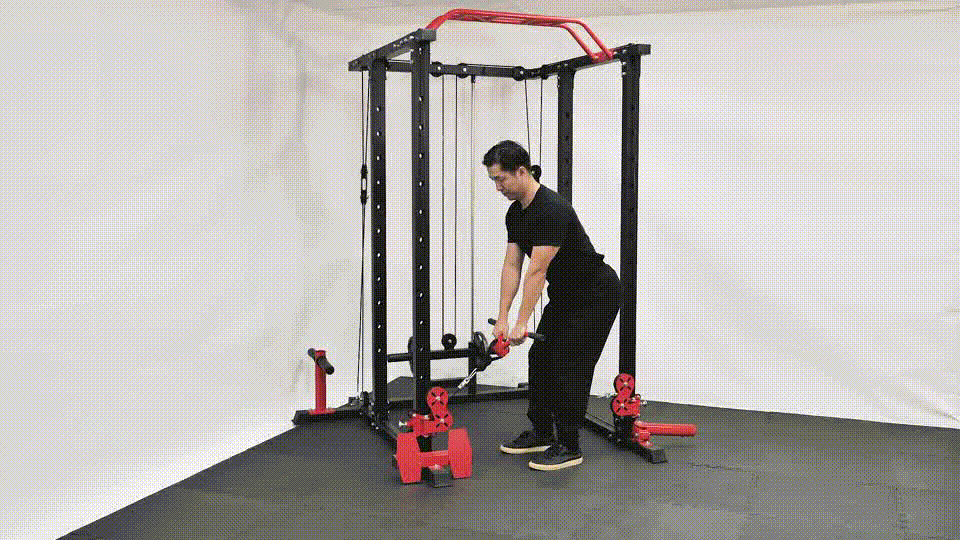
How to Do It:
- Attach a bar to the low pulley.
- Stand with knees slightly bent, chest upright.
- Pull the handle towards your waist, squeezing your shoulder blades.
Benefits: Works upper and lower back together, aiding stability and posture.
Also Read: 13 Game-Changing Equipment-Based Abs Exercises to Torch Belly Fat
15. Back Plank (Isometric Hold)
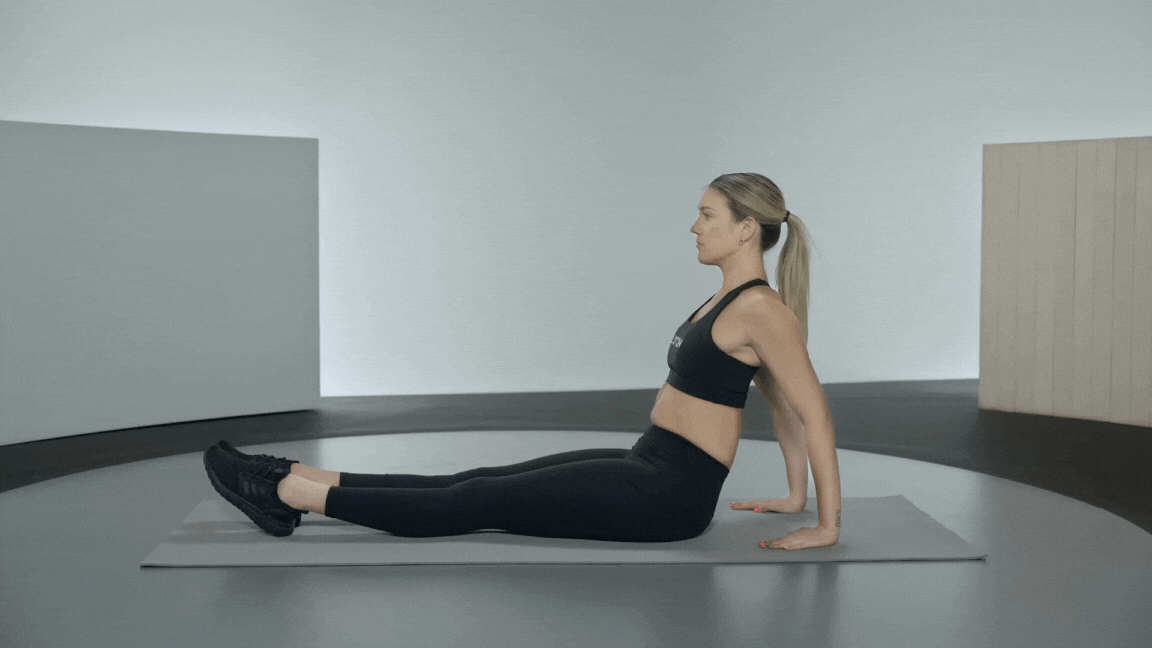
How to Do It:
- Lie on your back, elbows, and heels on the floor.
- Lift your body into a straight line, squeezing your glutes.
- Hold for 30–60 seconds.
Benefits: Activates glutes and spinal erectors in a low-impact, endurance-focused way.
Tips for Training the Lower Back Safely
- Warm up thoroughly to prepare your spine and hips.
- Focus on form over weight — poor form leads to injury.
- Integrate rest days to allow recovery and growth.
- Always balance back exercises with core and glute training.
Also Read: 14 Ultimate Bodyweight Back Exercises That’ll Boost Posture & Power
Final Thoughts
Building a resilient lower back isn’t just for weightlifters or gym enthusiasts — it’s for everyone who wants to live pain-free and move with confidence.
These 15 gym-based lower back exercises offer a powerful way to bulletproof your spine, whether you’re recovering from discomfort or looking to level up your performance.
A strong back = a strong life. Start incorporating these into your weekly routine, and your future self will thank you.
Frequently Asked Questions (FAQs)
How often should I train my lower back at the gym?
You can train your lower back 1–2 times per week, depending on your fitness level and total workout routine. Focus on quality over quantity and allow 48 hours between sessions for proper recovery.
Are lower back exercises safe for beginners?
Yes, but start with bodyweight or machine-assisted movements like hyperextensions or back planks. Avoid heavy deadlifts until you’ve built basic strength and proper form.
Can lower back exercises help with back pain?
In many cases, yes. Strengthening the muscles around your spine can reduce chronic pain and improve posture. However, if you have acute or severe pain, consult a physical therapist or doctor before beginning any workout.
What gym equipment is best for lower back workouts?
Key equipment includes barbells, kettlebells, cable machines, Roman chairs, reverse hyper machines, and dumbbells. Machines like the seated back extension or Smith machine are great for beginners.
Is it normal to feel soreness after a lower back workout?
Mild soreness is normal and a sign of muscle engagement. However, sharp or prolonged pain could indicate improper form or overexertion. Always listen to your body.
Can I do lower back exercises if I have a desk job?
Absolutely. In fact, regular lower back workouts can offset the negative effects of prolonged sitting, such as tight hips, weak glutes, and back stiffness.
What’s the difference between a deadlift and a Romanian deadlift?
A deadlift starts from the ground with a focus on lifting power, while a Romanian deadlift starts from a standing position and focuses on controlled hip hinging to stretch and strengthen the hamstrings and lower back.
Should I stretch after lower back exercises?
Yes. Stretching after your workout can help reduce tightness, improve flexibility, and speed up recovery. Focus on hamstrings, hip flexors, and spinal mobility.
How do I know if I’m using the correct form?
Use mirrors, record yourself, or ask a certified trainer. Key cues include a neutral spine, engaged core, and controlled movement — never round your lower back during lifting.
Can strengthening my lower back improve posture?
Yes. A strong lower back supports the spine and shoulders, helping you stand taller and reducing slouching — especially important for people who sit or drive for long hours.










